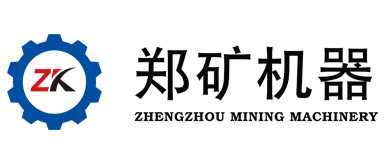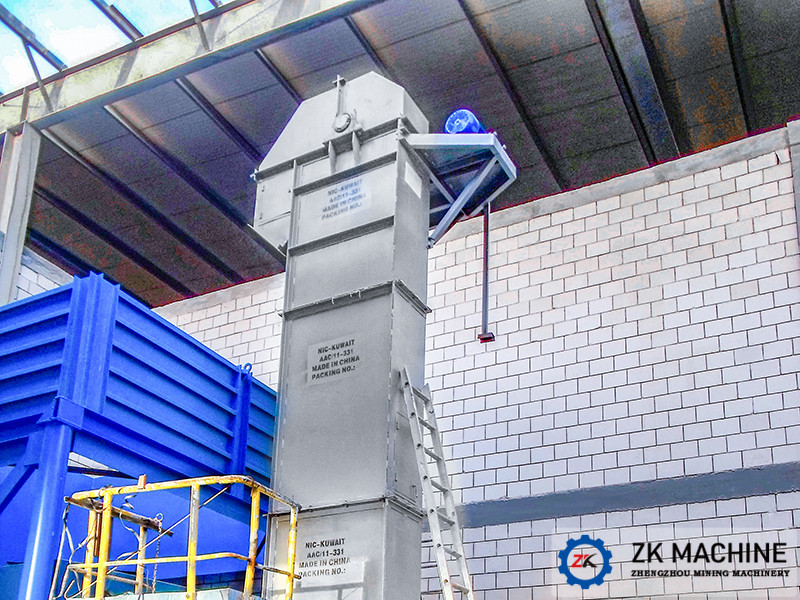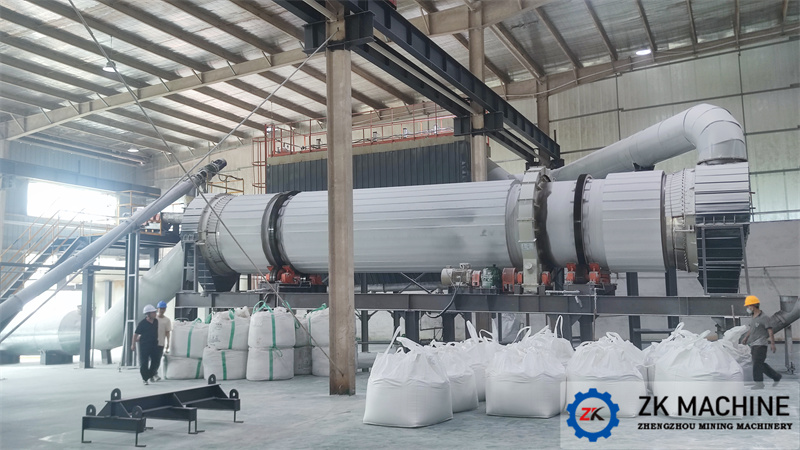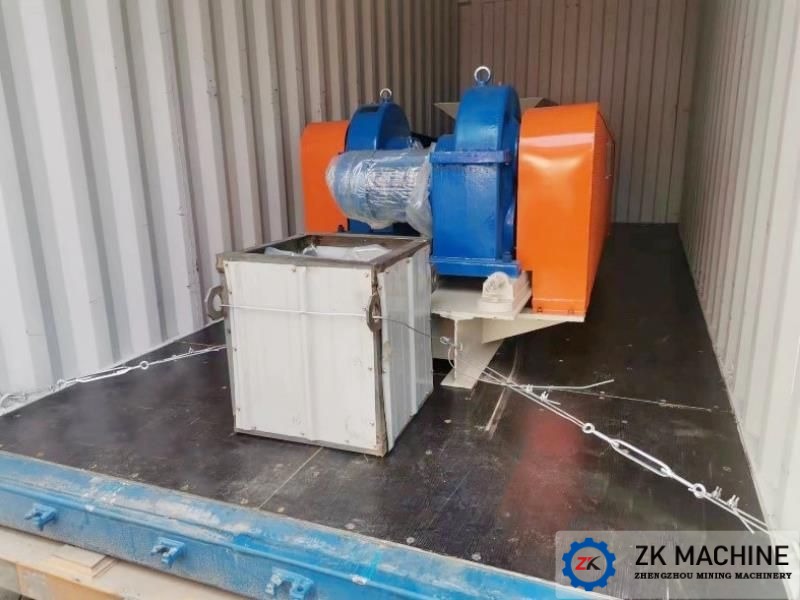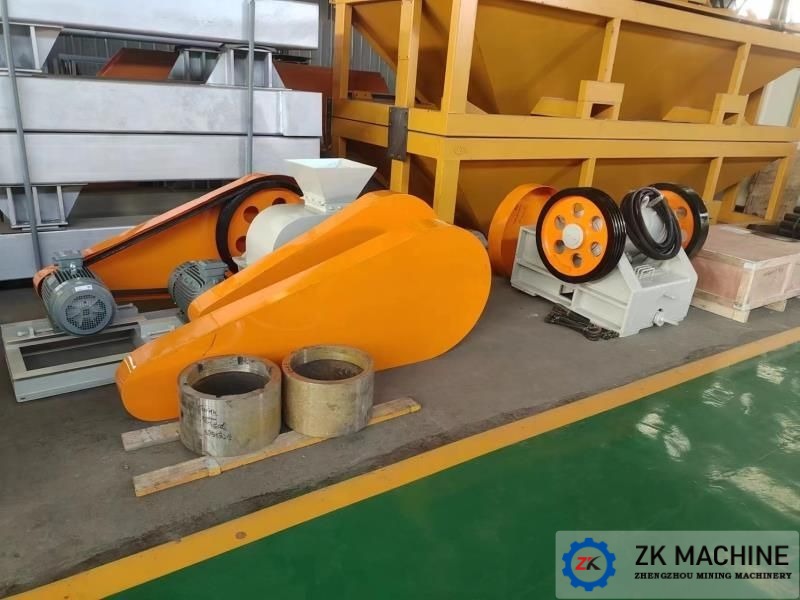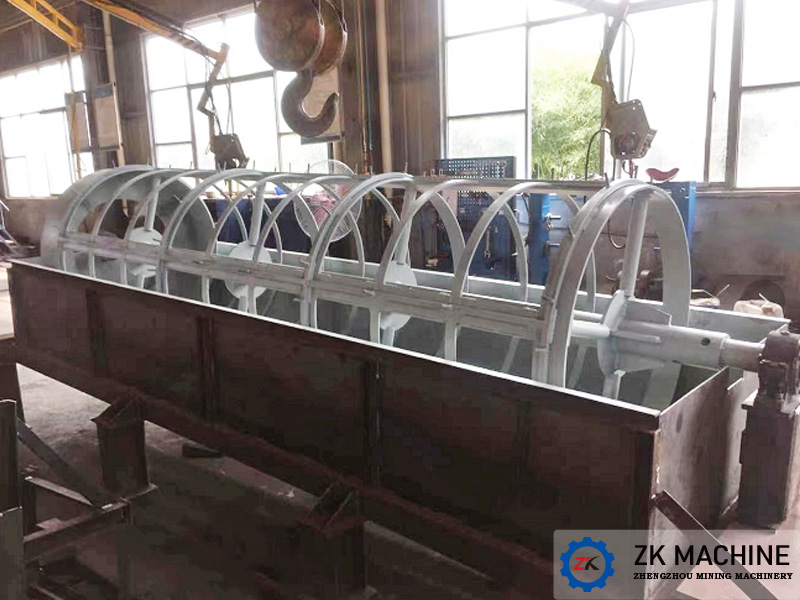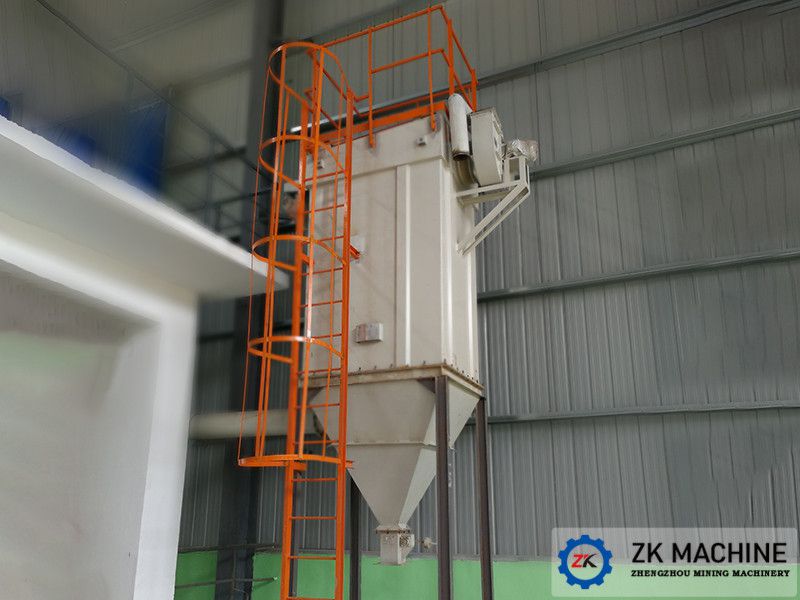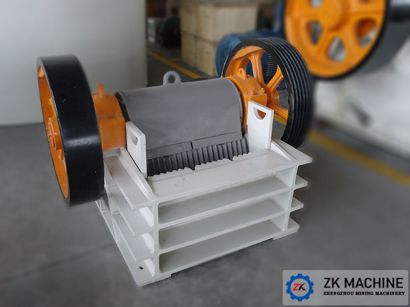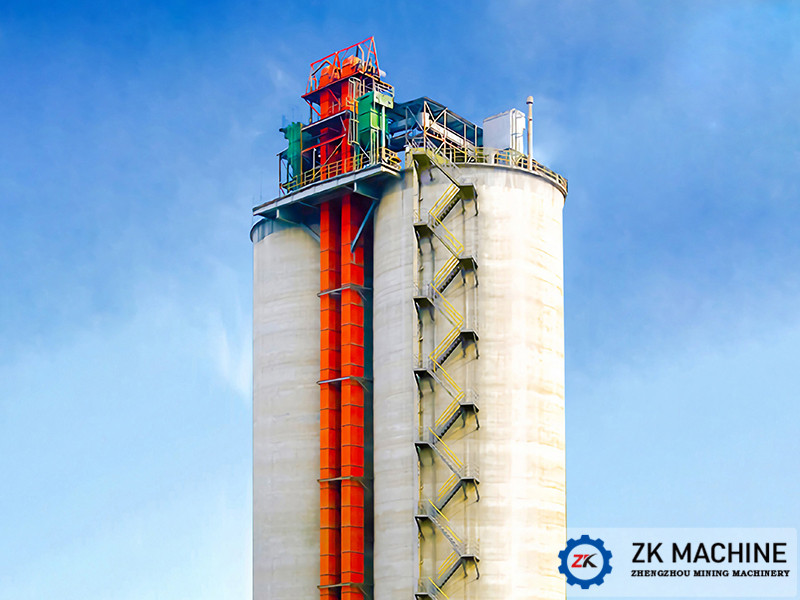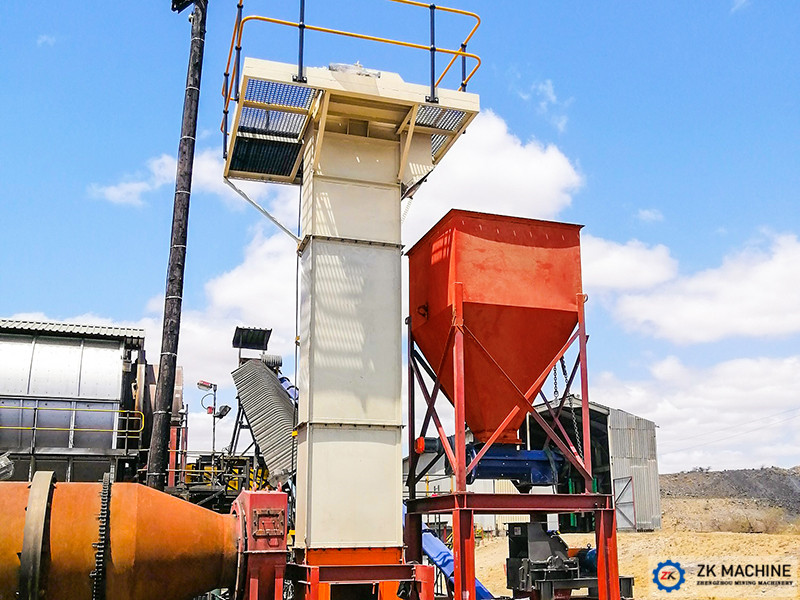Introduction
TD Series Bucket Elevator (Belt type) uses belt as dragging device, mainly used for conveying material with bulk densityρ<1.5t/m³ in vertical direction, which can be powdery material, particles, small lump, less abrasive material. Use normal belt, the temperature of conveying material should not exceed 60℃, Use wire belt, conveying material temperature can reach 80℃, use heat resistant belt, material temperature not exceed 150℃, elevating height is 4~30m. Normal model of TD type bucket elevator is TD160、TD250、TD350、TD450 etc. The elevating height is 4.82~34m³/h. which is widely use in chemical engineering, metallurgy, construction material, mining industries etc.
Application:
Bucket elevator is designed for vertical transportation powder, granular materials and small block and grinding of small materials, such as: coal, cement, stones, sand, clay, ore and so on.
Features
1. Widely usage, it can elevate powdery material, particles, small lump material.
2. Flexible to select mixing or centrifugal discharge method according to material properties.
3. Good sealing, no dust escape. Clean and environmental protection.
4. Using rubber belt with small dead load, flexible, stable operation, thus elevating speed and process efficiency is higher.
Technical Parameter
| Model | Type | Capacity (m³/h) | Hopper | Drive Revolving Speed | Max Size | Elevating Height |
|---|
| Volume | Bucket Pitch | Bucket Width | Speed |
|---|
| Deep Bucket | Shallow Bucket | Deep Bucket | Shallow Bucket | (mm) | (mm) | (m/s) | (r/min) | (mm) | (m) |
|---|
| TD160 | Belt Type | 16.00 | 9.0 | 1.20 | 0.49 | 350/280 | 160 | 1.40 | 67 | 25 | 4.28~39.28 |
| TD250 | Belt Type | 38.00 | 20.00 | 3.00 | 1.12 | 450/360 | 250 | 1.60 | 61 | 35 | 3.84~38.94 |
| TD315 | Belt Type | 42.00 | 28.00 | 3.75 | 1.95 | 500/400 | 315 | 1.60 | 61 | 45 | 4.298~38.798 |
| TD450 | Belt Type | 68.00 | 40.00 | 5.90 | 3.10 | 560/480 | 400 | 1.80 | 55 | 55 | 3.4-38.68 |
Note: The volume of the hopper in the table is the volume when the hopper is filled with water, which is similar to the actual filling volume. Therefore, the filling factor is not considered in the calculation formula of the conveying volume. The filling factor should be determined according to the particle size of the material in the specific selection, so as to correct the conveying volume given in this table.
Project Cases
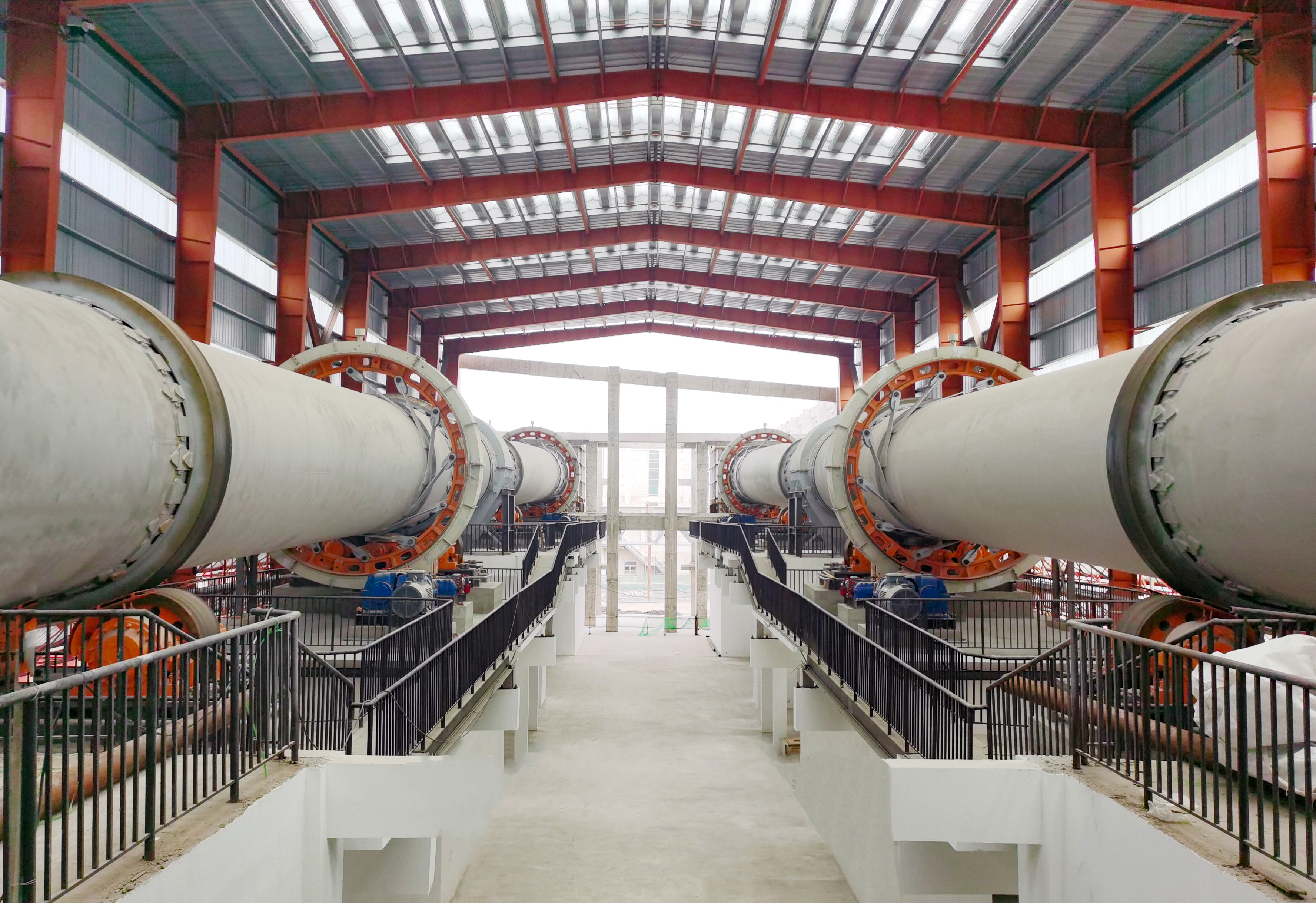 LECA PRODUCTION LINE
LECA PRODUCTION LINE
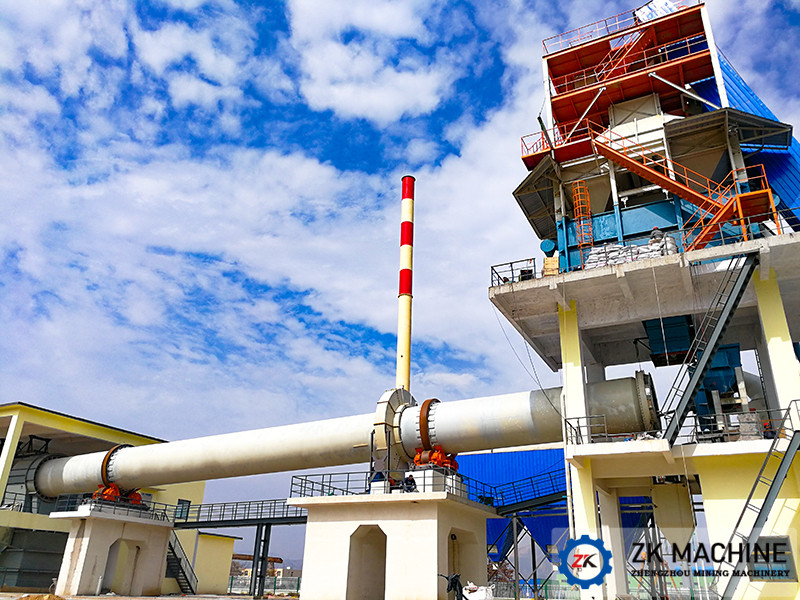 MAGNESIUM PRODUCTION LINE
MAGNESIUM PRODUCTION LINE
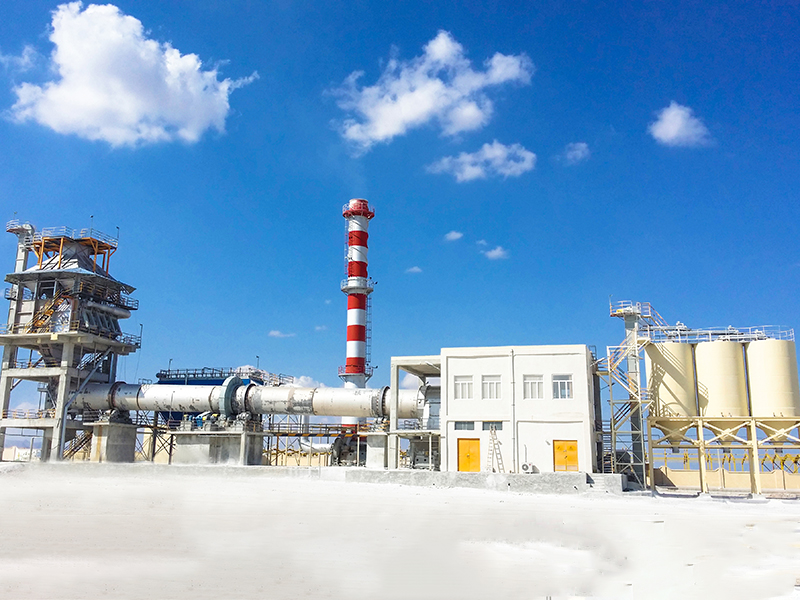 ACTIVE LIME PRODUCTION LINE
ACTIVE LIME PRODUCTION LINE
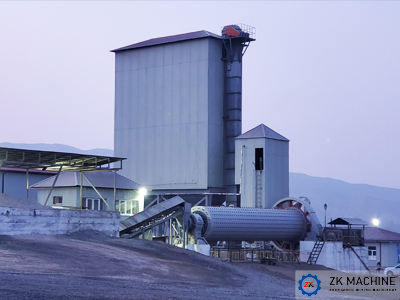 CEMENT GRINDING STATION
CEMENT GRINDING STATION
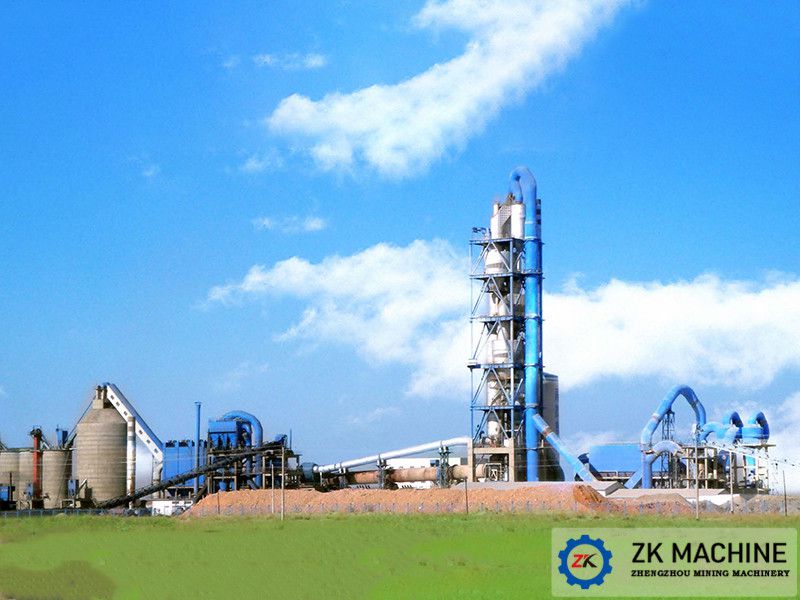 CEMENT PRODUCTION LINE
CEMENT PRODUCTION LINE
 LIME SLAKING PLANT
LIME SLAKING PLANT
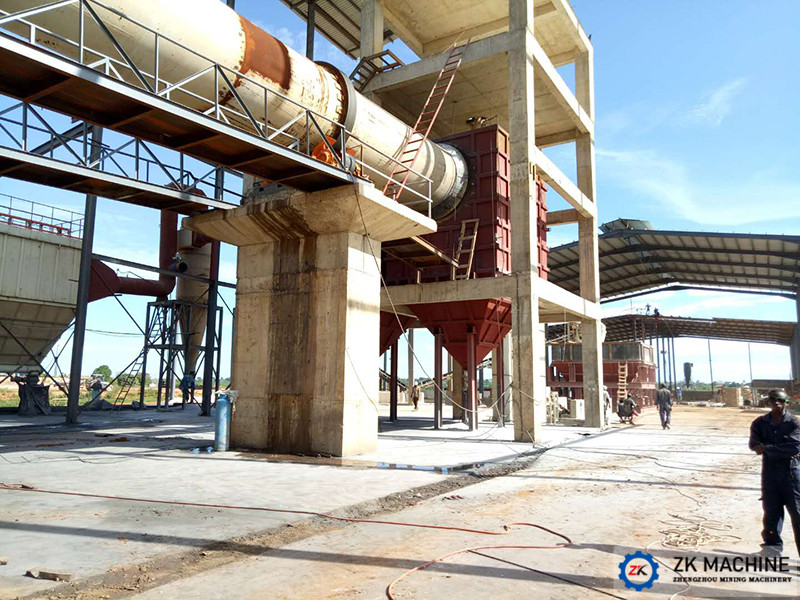 MAGNESIUM OXIDE (MgO) PLANT
MAGNESIUM OXIDE (MgO) PLANT
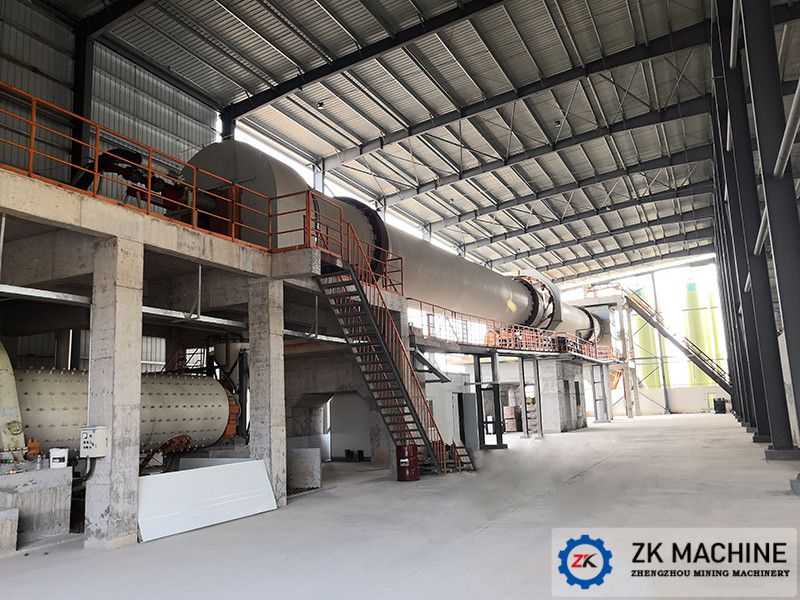 LITHIUM PRODUCTION LINE
LITHIUM PRODUCTION LINE
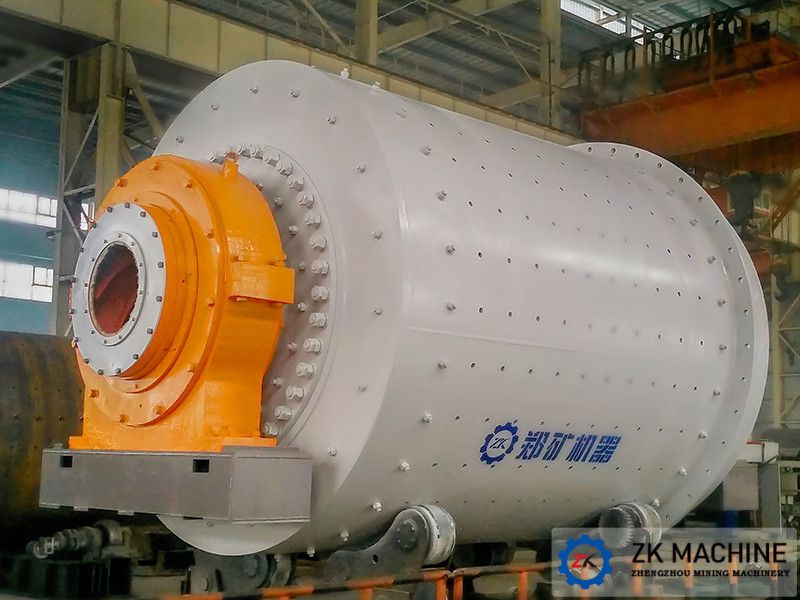 ORE DRESSING LINE
ORE DRESSING LINE
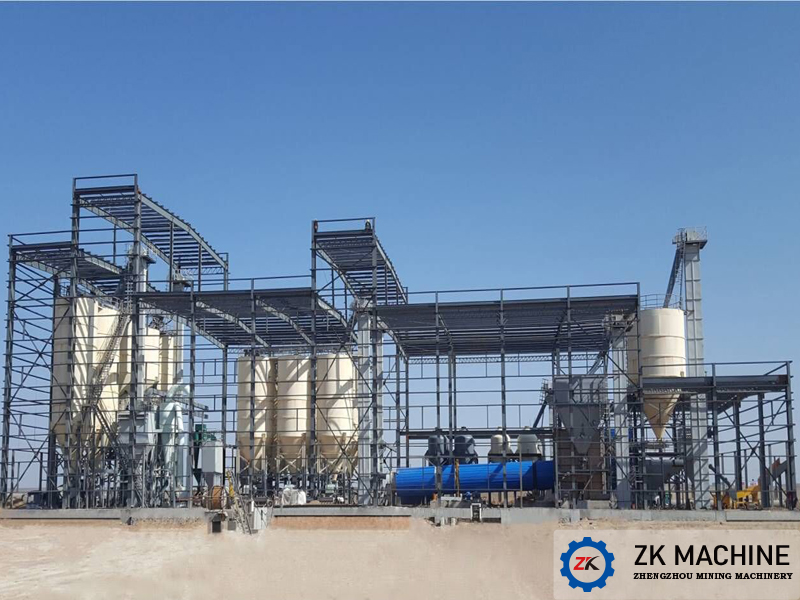 GYPSUM POWDER PRODUCTION LINE
GYPSUM POWDER PRODUCTION LINE
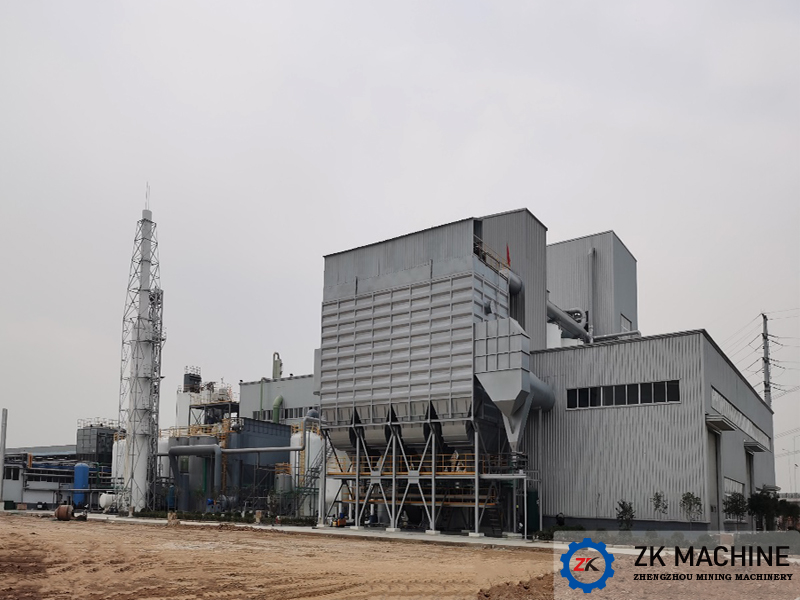 ALUMINUM ASH PROCESSING SYSTEM
ALUMINUM ASH PROCESSING SYSTEM
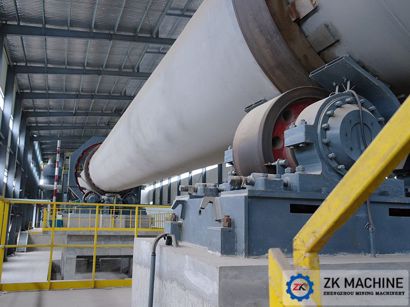 FRACTURING PROPPANT PRODUCTION LINE
FRACTURING PROPPANT PRODUCTION LINE
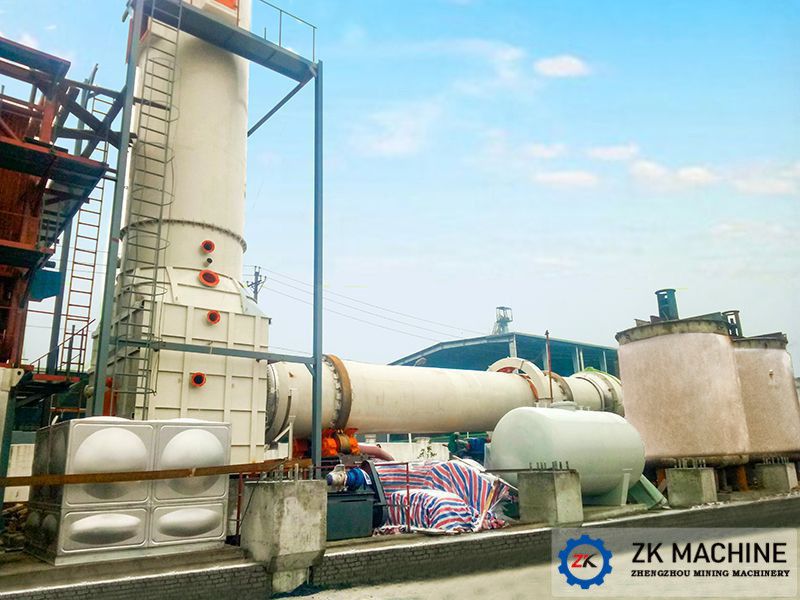 SOLID (HAZARDOUS) WASTE INCINERATION SYSTEM
SOLID (HAZARDOUS) WASTE INCINERATION SYSTEM
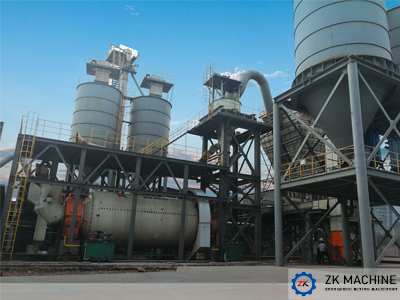 PULVERIZED COAL PREPARATION PRODUCTION LINE
PULVERIZED COAL PREPARATION PRODUCTION LINE
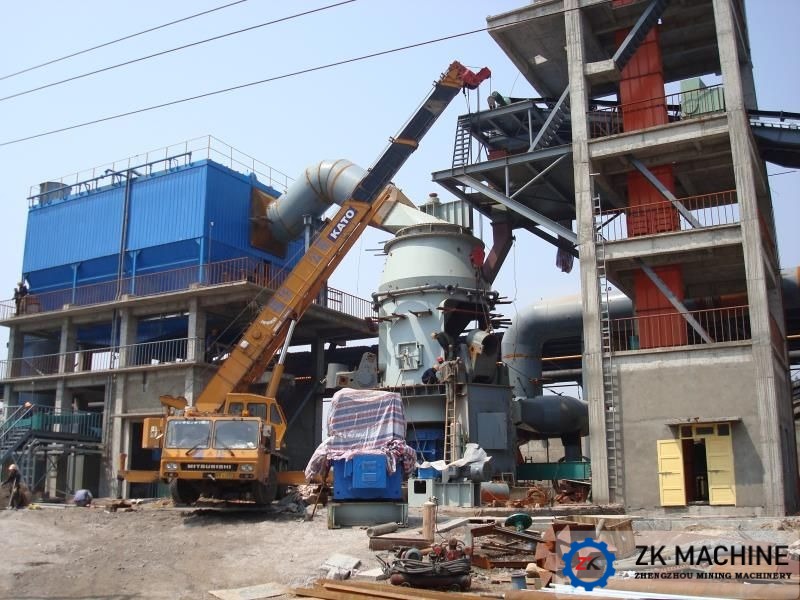 GGBS PRODUCTION LINE
GGBS PRODUCTION LINE
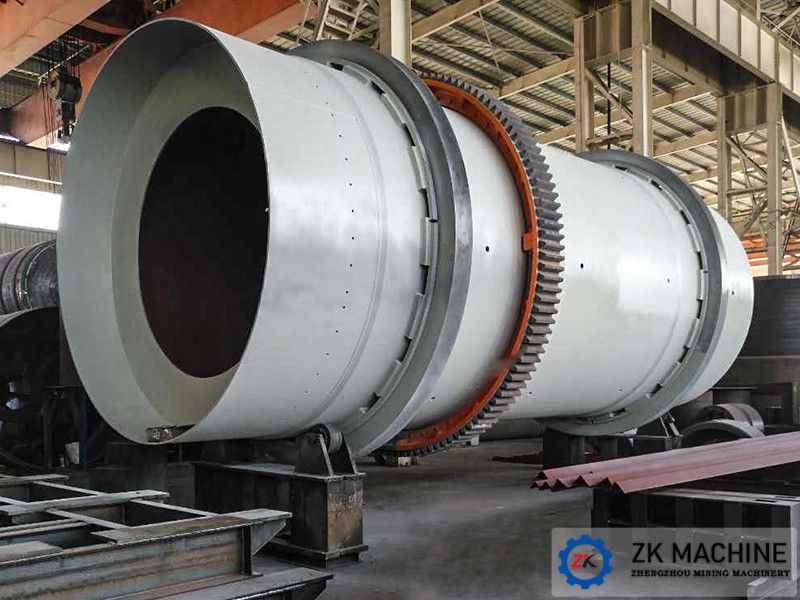 SUPERPHOSPHATE PRODUCTION LINE
SUPERPHOSPHATE PRODUCTION LINE
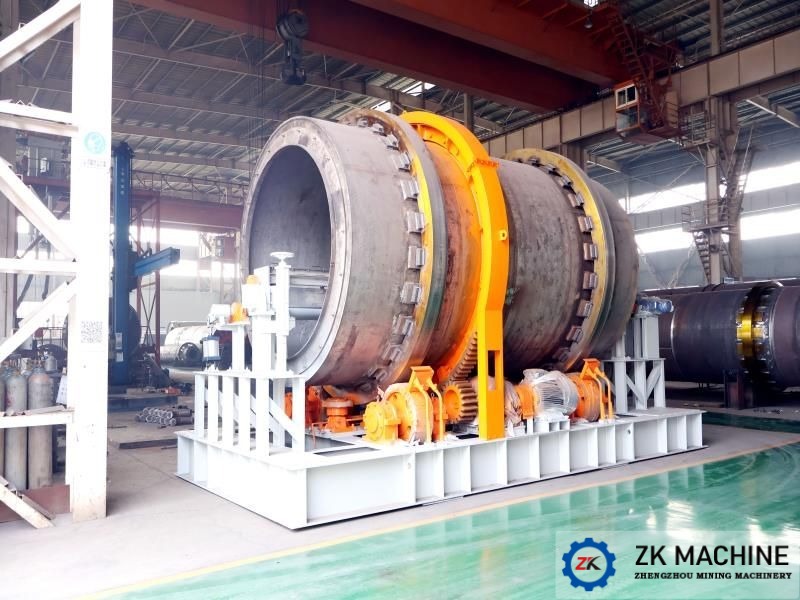 MOLECULAR SIEVE PRODUCTION LINE
MOLECULAR SIEVE PRODUCTION LINE
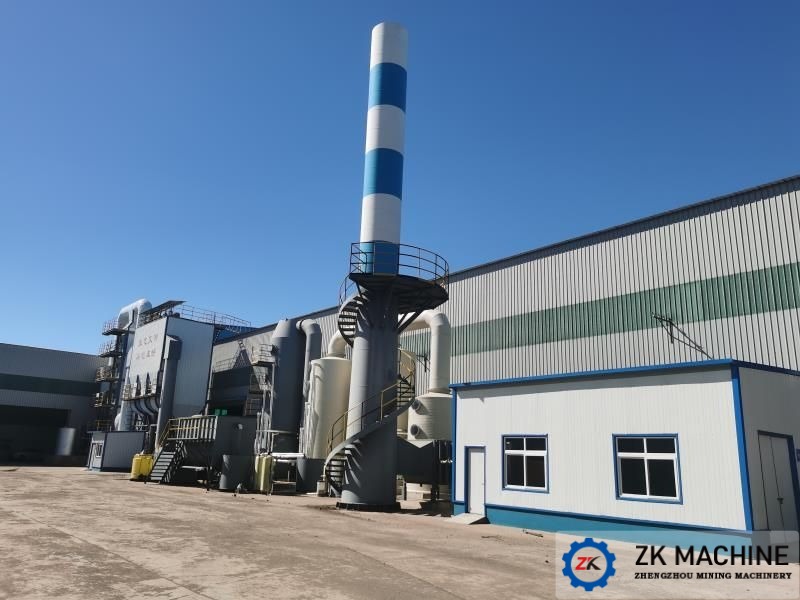 FLUE GAS PURIFICATION SYSTEM
FLUE GAS PURIFICATION SYSTEM
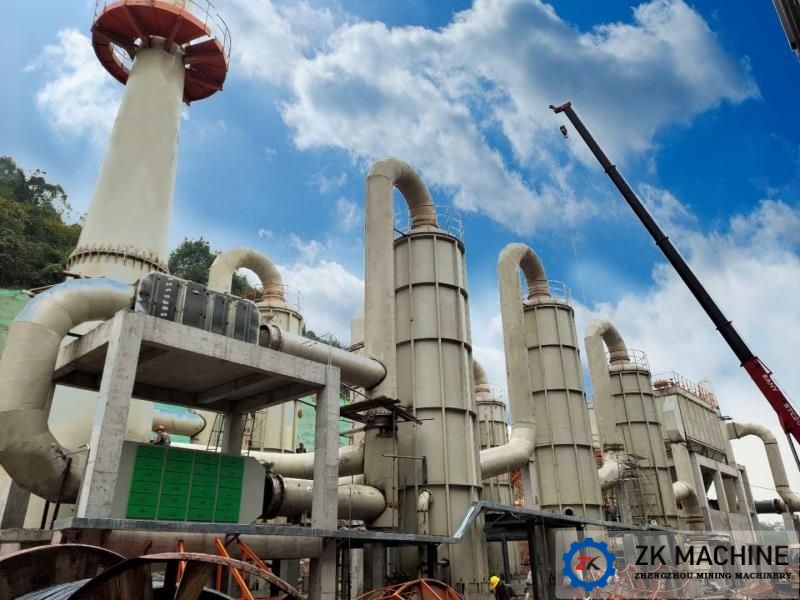 FGD SYSTEM
FGD SYSTEM
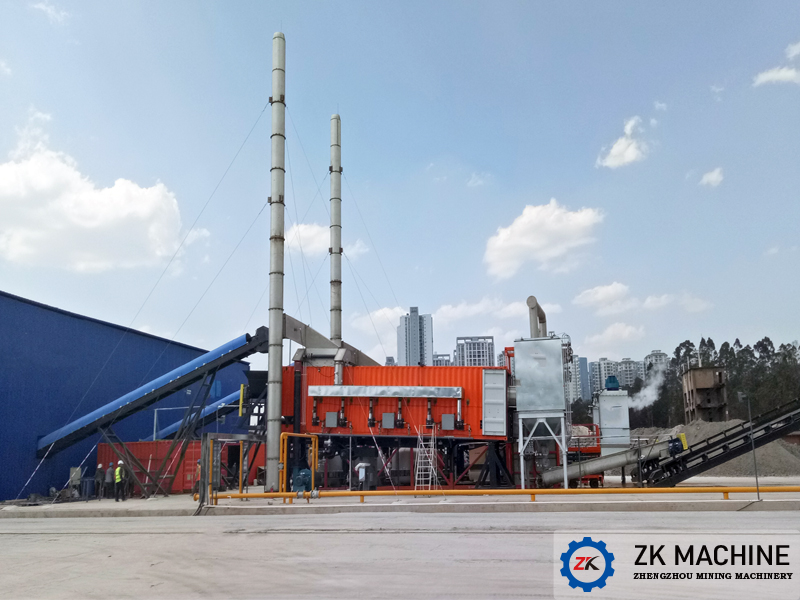 SOIL REMEDIATION SYSTEM
SOIL REMEDIATION SYSTEM
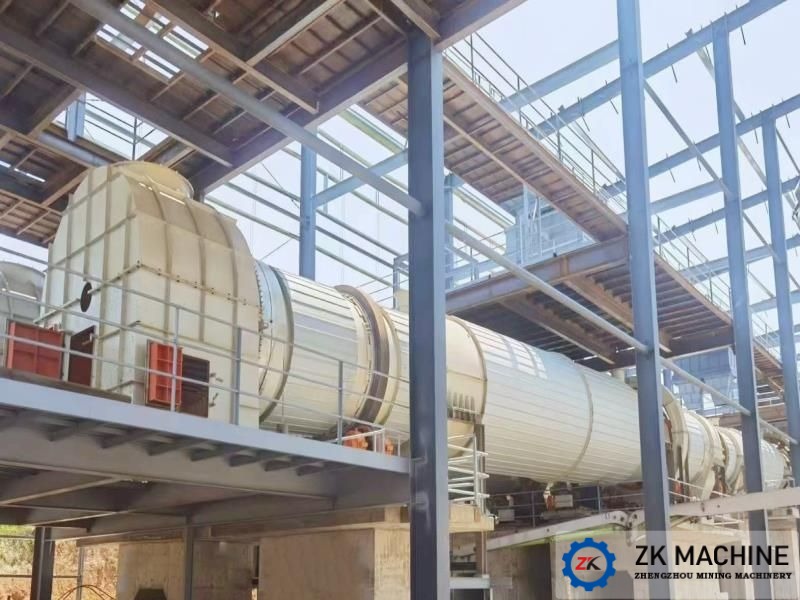 PHOSPHOGYPSUM DISPOSAL PRODUCTION LINE
PHOSPHOGYPSUM DISPOSAL PRODUCTION LINE
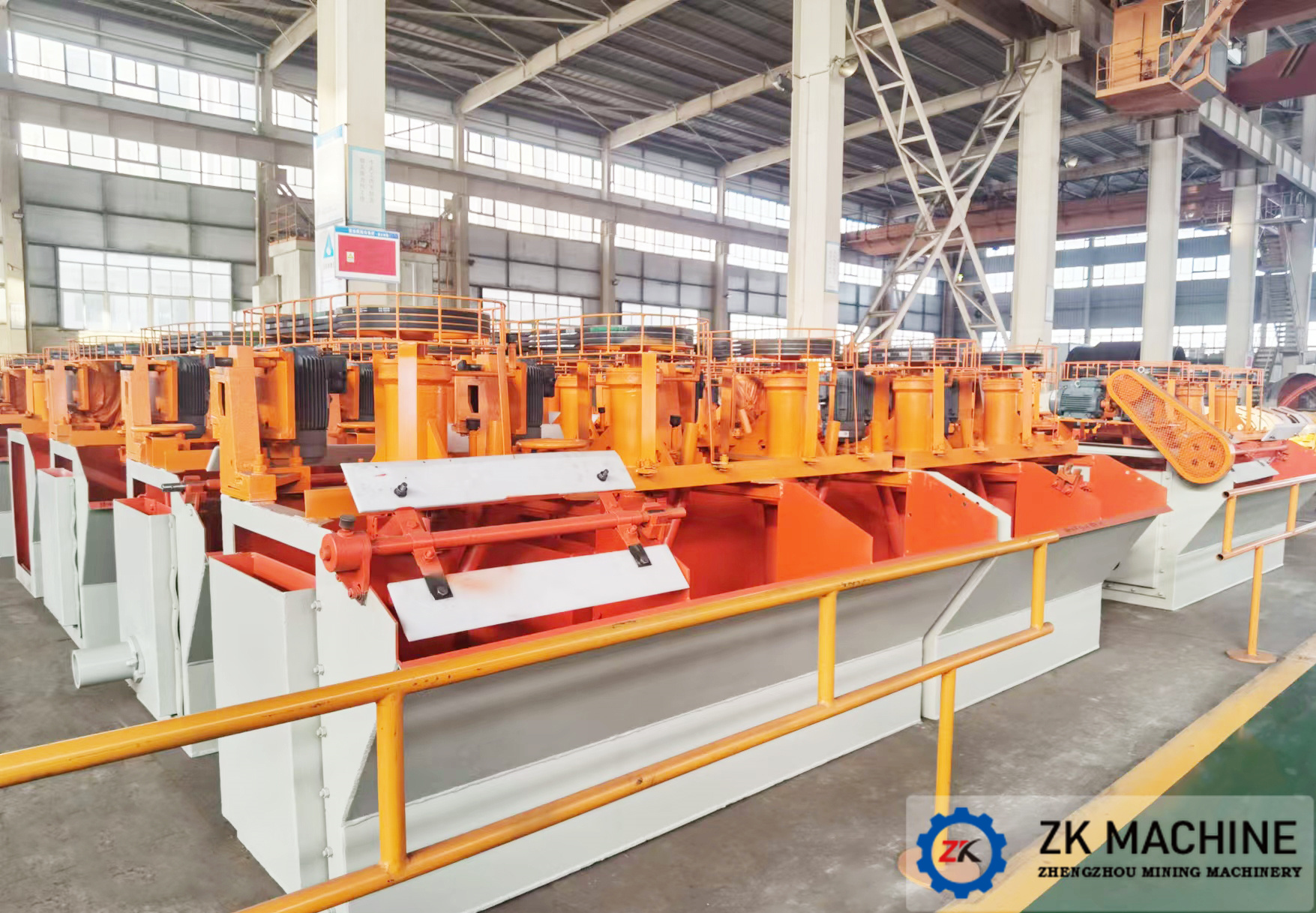 PHOSPHATE ORE DRESSING LINE
PHOSPHATE ORE DRESSING LINE
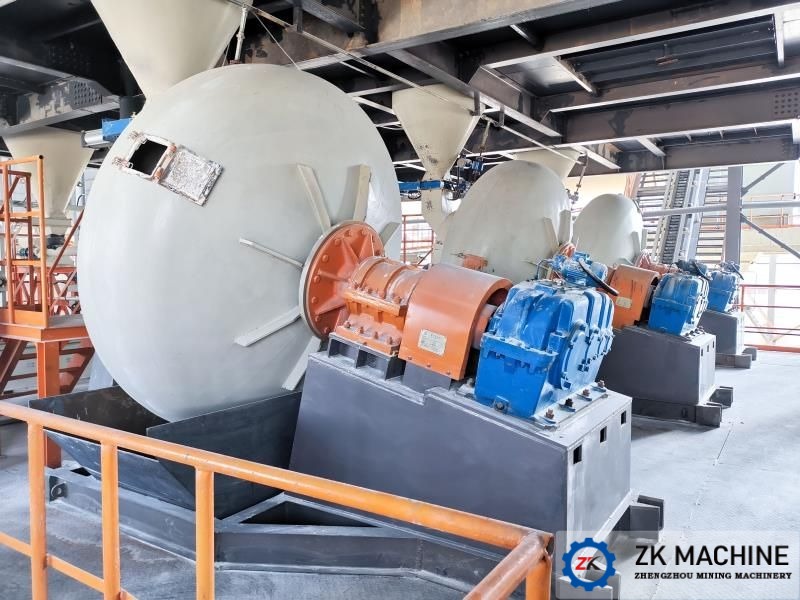 PHOSPHATE ORE PELLETIZATION PRODUCTION PROCESS
PHOSPHATE ORE PELLETIZATION PRODUCTION PROCESS
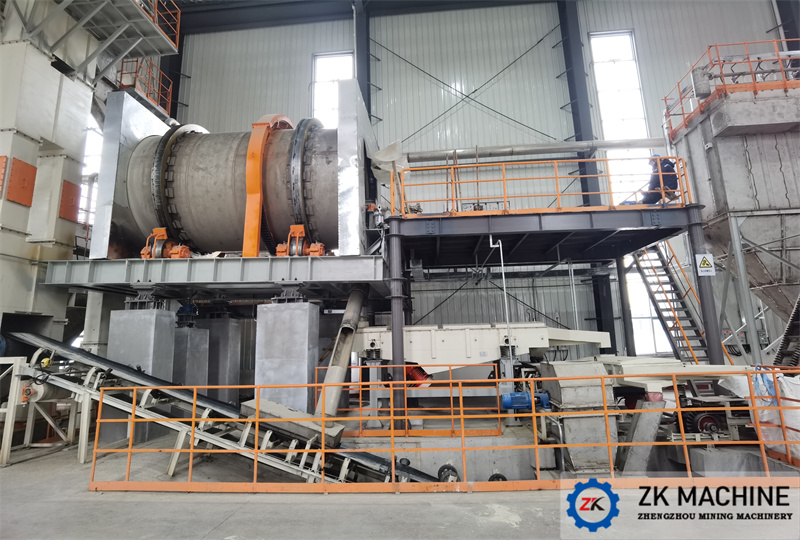 LITHIUM BATTERY RECYCLING LINE
LITHIUM BATTERY RECYCLING LINE
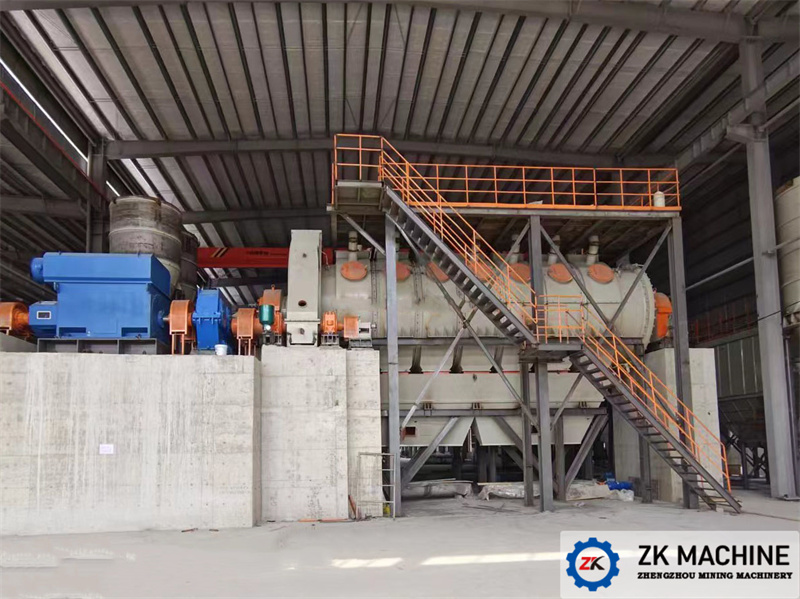 ALUMINA CALCINING LINE
ALUMINA CALCINING LINE
